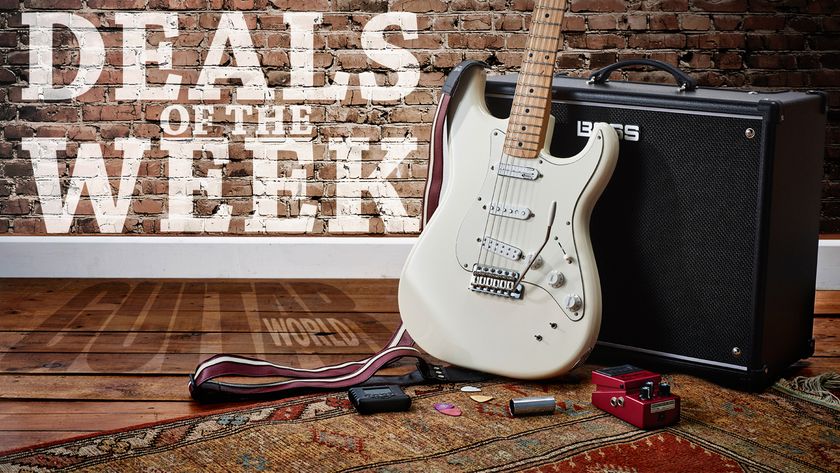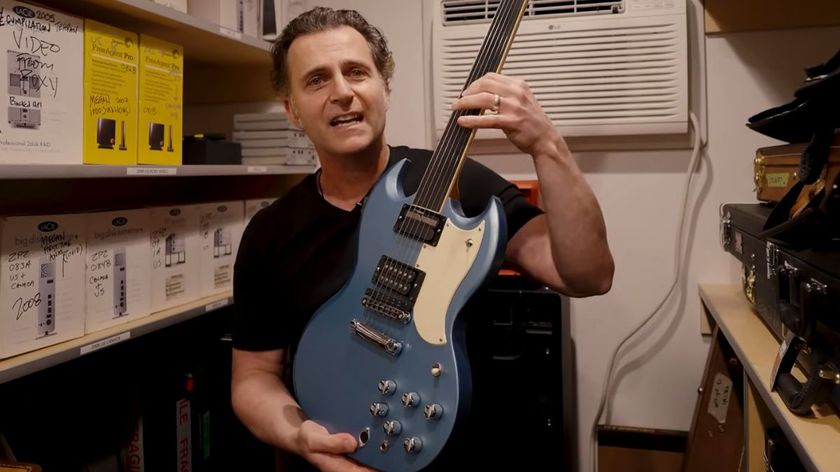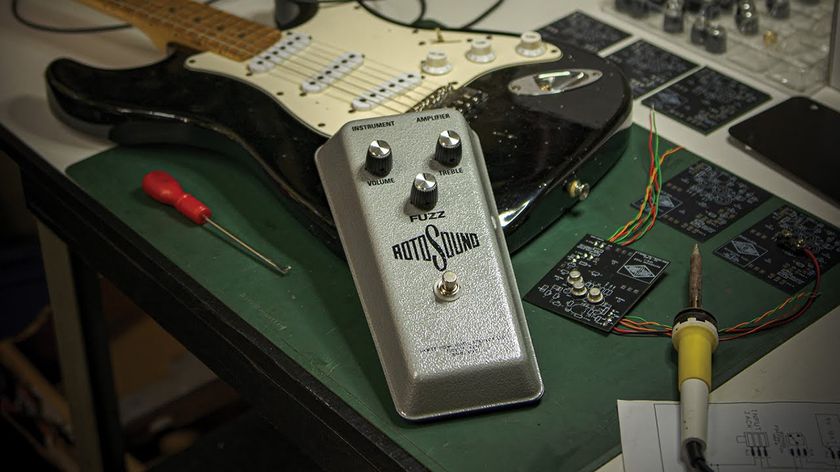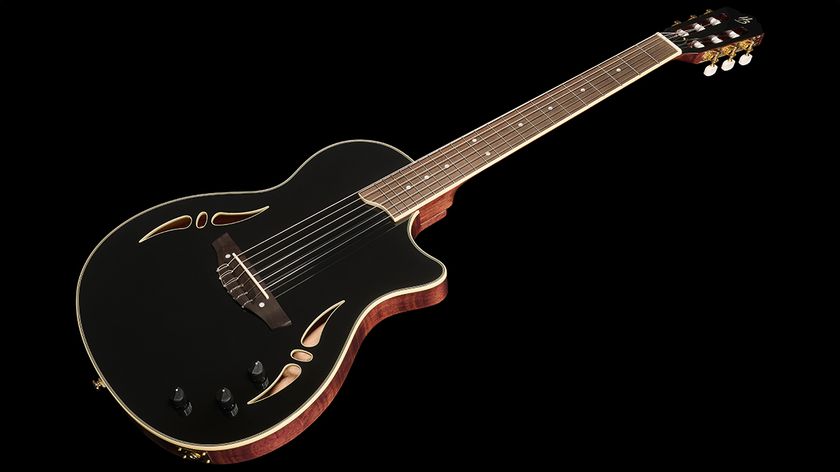Guitar Mods: Hot Rodding an Early '80s Squier Telecaster, Part 1

One of my favorite jobs is modifying a players’ favorite old buddy. Maybe it’s their first guitar or the one they received as a special gift.
Frequently, the instrument in question is not of the finest components. Always, though, there exists an emotional connection. This guitar is one the owner would never consider liquidating.
Instead, they want the guitar to play and sound like a professional-grade instrument. This goal is usually easy to achieve by performing some upgrades.
In the next several installments of this blog, I will walk you through an intensive hot-rod project and share some tips to make the process informative and fun.
The guitar I am modifying is an early-'80s ash-bodied Squire Telecaster that is all original and in very clean condition. Its appointments include a 21-fret maple neck, vintage-style bridge and pickups and Fender Japan branded sealed gear tuners.
Changes I will make include installing a Callaham Vintage Tele bridge, Lollar Special-T single coils, CTS brand pots and a four-way switch. This switch allows the option of having both pickups available in series and in parallel besides either pickup by itself. Sperzel locking tuners round out the component mods and will make sure this axe stays in tune. Additionally, I will install Jescar stainless steel medium-jumbo frets and a bone nut.
Because these early Squires were built with high-quality tonewoods and a careful manufacturing process, a solid foundation exists for this axe to become a “giant killer." This low-end value ride is going to sound and play great.
Get The Pick Newsletter
All the latest guitar news, interviews, lessons, reviews, deals and more, direct to your inbox!
A workbench that is waist-high or taller will make doing this work more comfortable. You also need at least one articulated bench light. More light is better, so if you can afford two, by all means, make it easy on yourself. Also, a neck cradle and some sort of pad to place under the body of the instrument will contribute to good ergonomics and reduce the risk of damaging the finish.
If you are doing the work, you are taking the responsibility of being careful with the guitar! Form good habits early on and it will show in your work.
Working on guitars requires some special tools along with some less-specialized stuff. Between your local hardware store, a Radio Shack-type retailer and a luthier supply house, you will find everything needed to get through almost any project. Stewart-McDonald is a fantastic resource for tools and techniques. Check out the abundance at stew-mac.com.
If you have any desire at all to become skilled at working on fretted instruments, I high recommend Dan Erlewine’s Guitar Player Handbook. It’s about $25 and worth a thousand times more. It is packed cover-to-cover with techniques and the wisdom of the ages. In the book are tool lists for the hobbyist and the professional guitar shop. Having the right tools for the job can separate the ankle biters from the big dogs, so tool up!
Thanks for reading. Order your parts, set your bench up and practice some soldering technique. In the next installment, we’ll dig right in.
Marlin Hall is a self-taught guitarist with 27 years of experience and a strong DIY ethic, gigging on blues, cover tunes and original rock music on both coasts and in Minneapolis since 1991. Hall, a former sound engineer in Minneapolis, recently graduated from a guitar-building and repair program and provides repair and custom-guitar-building services in the Twin Cities area. For more info, visit lowstrungguitars.com.
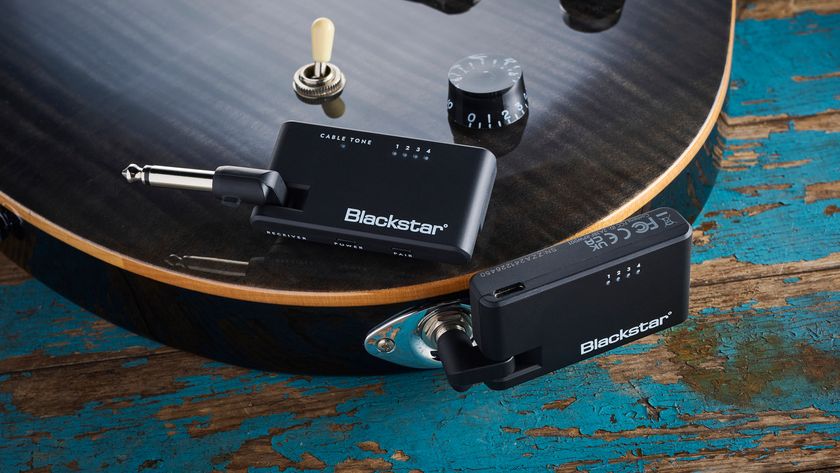
“Wins out on battery life, stealthy aesthetics and its well-judged Cable Tone feature”: Blackstar Airwire i58 review
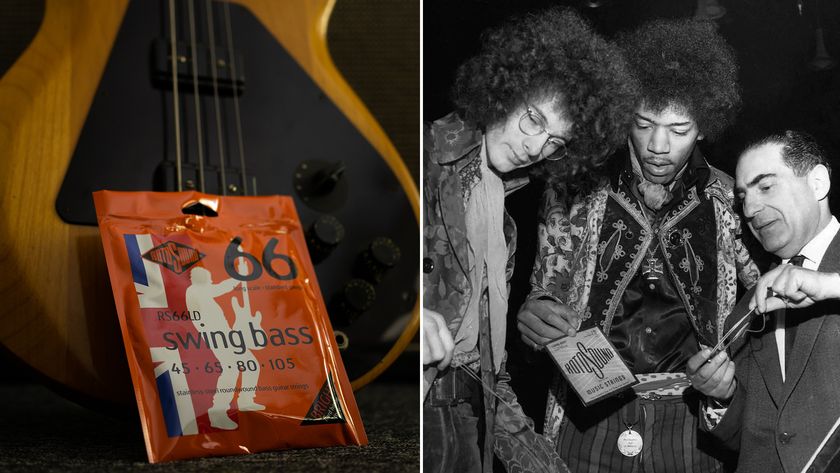
“A distinctive brightness that no other strings have been able to capture”: How Rotosound revolutionized the bass world with its Swing Bass 66 strings – and shaped the sound of rock music in the process




